Rare Rides Icons: The Lincoln Mark Series Cars, Feeling Continental (Part III)

Today finds us at the third installment in our coverage of the Lincoln Mark series cars. So far we’ve covered the original Continental that ran from 1939 to 1948 and learned about the styling decisions that made for the most excellent Midcentury Continental Mark II. The Mark II arrived to herald the birth of the new Continental luxury division at Ford. A division of Ford and not Lincoln-Mercury, Continental was established as the flagship of the Ford enterprise. We pick up circa 1952, with Cadillac.
The Cadillac Eldorado’s 1952 unveiling and subsequent arrival in 1953 was a problem for Ford, who wanted to trounce General Motors via a one-up. Top brass at Dearborn HQ decided the best way to beat Cadillac at the personal luxury coupe game was to introduce a new brand, one that was above Cadillac in price, style, quality, sophistication, and all those other luxury adjectives used in breathless PR documentation.
A small group within Ford began Continental planning in 1952, as a project of the Special Product Operations unit. The group was led by Edsel’s son, William Clay Ford (1925-2014), along with aforementioned designer Gordon Buehrig and stylist John Reinhart, as well as engineer Harley Copp. The group’s first attempt to woo the board at Ford with another Continental was rejected. But they kept trying, and the Mark II’s design was management-approved and completed in 1953. Undoubtedly, the Eldorado as a reality on Cadillac dealer lots applied some pressure in the C-suite.
The Special Product Operations team had bigger ideas for the Continental brand beyond the Mark II. They’d pitched a whole lineup of vehicles, including a retractable hardtop convertible and a larger four-door hardtop sedan. Unfortunately, none of those would come to be after Mark II’s debut. But we’ll discuss that later.
Ford wasn’t the only company with a super luxury brand idea; at about the same time Chrysler unveiled its own exclusive luxury division: Imperial. General Motors was the only brand of the Big Three that didn’t pull a separate division tactic, but it didn’t seem like Cadillac needed a superior.
Continental and Imperial had things in common and went after the well-heeled domestic car buyer with promises of superior quality and hand-made details. Where they differed was in body styles: The original Imperial of 1955 and 1956 was available with two- and four-doors, and in various flavors like sedan, hardtop, and limousine. Mark II was a singular model, available only as a hardtop coupe. The two brands differed in price too, but more on that in a moment.
Continental’s Mark II model name was intended to tie it directly to the glamourous Forties model that was so fondly remembered. Mark II in particular sounded European, as many vehicles from across the sea used that nomenclature to distinguish between generations or model updates. And so it was that the Continental division debuted in 1955, with its singular offering as the Mark II coupe. Appropriately, the Continental division made a splashy debut in October of 1955 at the Paris Motor Show. Ford followed up with a US Mark II debut at the headquarters in Dearborn. The Mark II went on sale for the 1956 model year, a year after Imperial’s introduction.
According to Ford, the Mark II was a motorcar of the highest quality. It was hand-built and sold at great expense to an exclusive buyer group who were fortunate enough to afford such an extravagance. The most expensive car Ford produced at the time, the Mark II was also the most expensive American car one could buy. Part of its illustriousness, the Mark II was priced not with the competition at Cadillac and Imperial, but rather against the Rolls-Royce Silver Cloud (1955-1966).
The Silver Cloud was RR’s “entry-level” model, of the luxury car class. It was trumped by the only other car Rolls-Royce offered at the time, the fifth-generation Phantom. It was a very different time at Rolls-Royce, which becomes obvious when one considers the Silver Cloud’s modern equivalent. It’s the Ghost, a very nice version of the BMW 7-Series.
At its debut, the Mark II asked $9,966 ($106,912 adj.) and had air conditioning as the only item on its options list. Those who wanted to pilot the Mark II with minimal sweating paid $595 ($6,383 adj.) for factory-installed A/C. For comparison, the target Rolls-Royce asked a heady $13,250 ($142,142 adj.) in 1956, which made the Mark II look like a bargain. However, when compared to an Imperial Southampton two-door at $5,257 ($56,395 adj.) or $6,286 ($67,434 adj.) for the Eldorado Seville, the Mark II was most definitely not a bargain.
Underneath its luxurious bodywork, the Mark II shared its platform with the standard Lincoln cars of the day, Premiere and Capri. Both those models were full-size cars, and as mentioned previously the Capri was the upscale version of the basic Premiere. The body-on-frame chassis was edited into a Y-shaped frame that allowed a lower body height and room for Mark II’s standard dual exhausts.
The platform edits made a difference in the overall look of the Mark II, as the end product was shorter than the Capri by more than four inches, two inches narrower, and three inches lower to the ground. The windshield was also eight inches further back than a Capri. The 126-inch wheelbase was unchanged from other Lincolns, but an overall length of 218.4 inches, width of 77.5 inches, and height of 56.3 inches were all Mark II.
Ford pulled the standard Lincoln suspension for the Mark II but did make one notable change. The Mark’s 4,960-pound weight was quite a bit heavier than the heftiest Capri, which weighed in at between 4,300 and 4,600 pounds. To cope with the heft and give the marketing people something to talk about, Ford put speed-sensitive shock absorbers into the front end of the Mark II.
Elsewhere in mechanical news, there wasn’t a lot about which to boast. To keep the already considerable construction costs down, the Mark II borrowed its engine straight from other Lincolns. The engine in question was the company’s Y-block V8, in its largest 368 cubic inch specification. The Y-block was a family of engines in use for a limited time across Ford’s portfolio: Between 1952 and 1963, the engine was found in one of six displacements in Ford’s heavy-duty trucks, Lincolns, and Mercury offerings.
The Y was Ford’s first OHV V8 mill. It was developed by Lincoln and was used in Lincoln vehicles first. Ford was pushed into development of the engine due to the successes Oldsmobile, Buick, and Cadillac had with OHV V8s, particularly the Oldsmobile’s Rocket power. Chrysler beat Ford to the punch too and offered the Hemi OHV V8 from 1951 onward.
Power output on the Y ranged from 160 to 300 horses dependent upon displacement and carburetor specification, with between 246 and 415 lb-ft of torque. The 368 was a new variant for 1956 and proved to be the final development of that particular engine. In Mark II usage it made 285 horsepower at introduction, and 300 horsepower in 1957. Torque figures were 402 lb-ft initially, and 415 lb-ft of torque in the Mark II’s second year. The only transmission available was a three-speed automatic, a collaboration between Lincoln and Borg-Warner called Turbo-Drive.
Although the platform and running gear were standard Lincoln fare, the Continental division did not rest on standard corporate heels when it came to the construction and quality of the Mark II. More on that in Part IV.
[Images: Ford]

Interested in lots of cars and their various historical contexts. Started writing articles for TTAC in late 2016, when my first posts were QOTDs. From there I started a few new series like Rare Rides, Buy/Drive/Burn, Abandoned History, and most recently Rare Rides Icons. Operating from a home base in Cincinnati, Ohio, a relative auto journalist dead zone. Many of my articles are prompted by something I'll see on social media that sparks my interest and causes me to research. Finding articles and information from the early days of the internet and beyond that covers the little details lost to time: trim packages, color and wheel choices, interior fabrics. Beyond those, I'm fascinated by automotive industry experiments, both failures and successes. Lately I've taken an interest in AI, and generating "what if" type images for car models long dead. Reincarnating a modern Toyota Paseo, Lincoln Mark IX, or Isuzu Trooper through a text prompt is fun. Fun to post them on Twitter too, and watch people overreact. To that end, the social media I use most is Twitter, @CoreyLewis86. I also contribute pieces for Forbes Wheels and Forbes Home.
More by Corey Lewis
Latest Car Reviews
Read moreLatest Product Reviews
Read moreRecent Comments
- TheEndlessEnigma Poor planning here, dropping a Vinfast dealer in Pensacola FL is just not going to work. I love Pensacola and that part of the Gulf Coast, but that area is by no means an EV adoption demographic.
- Keith Most of the stanced VAGS with roof racks are nuisance drivers in my area. Very likely this one's been driven hard. And that silly roof rack is extra $'s, likely at full retail lol. Reminds me of the guys back in the late 20th century would put in their ads that the installed aftermarket stereo would be a negotiated extra. Were they going to go find and reinstall that old Delco if you didn't want the Kraco/Jenson set up they hacked in?
- MaintenanceCosts Poorly packaged, oddly proportioned small CUV with an unrefined hybrid powertrain and a luxury-market price? Who wouldn't want it?
- MaintenanceCosts Who knows whether it rides or handles acceptably or whether it chews up a set of tires in 5000 miles, but we definitely know it has a "mature stance."Sounds like JUST the kind of previous owner you'd want…
- 28-Cars-Later Nissan will be very fortunate to not be in the Japanese equivalent of Chapter 11 reorganization over the next 36 months, "getting rolling" is a luxury (also, I see what you did there).
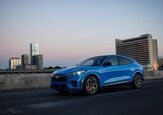
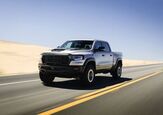
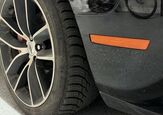


















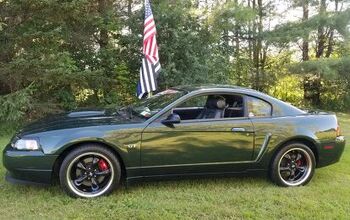
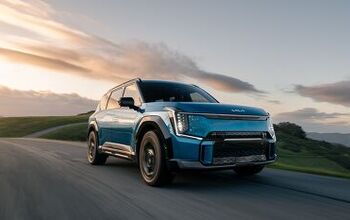

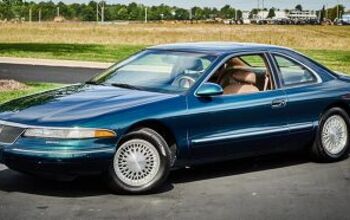
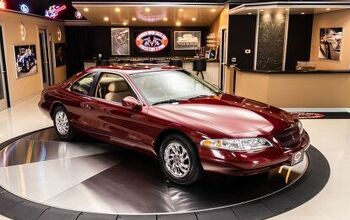
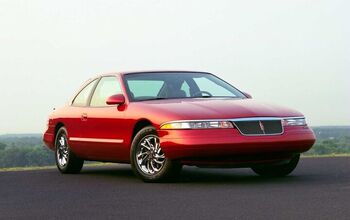
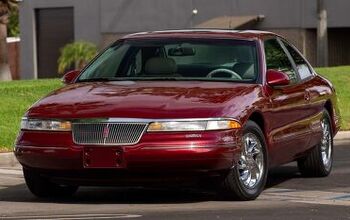
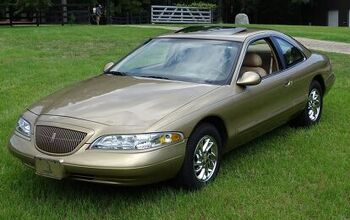
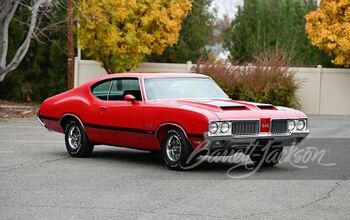

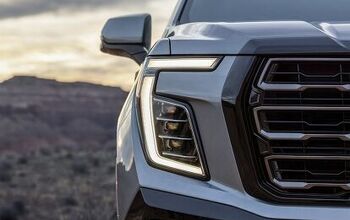


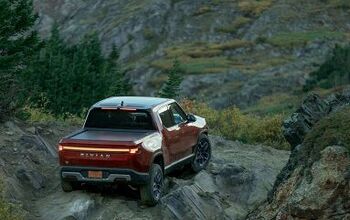
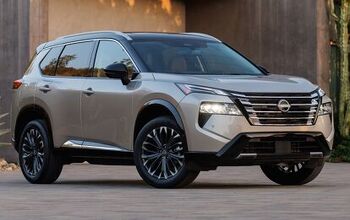
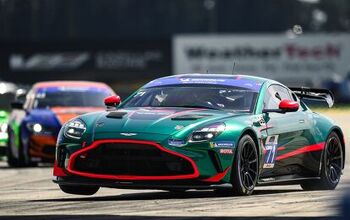

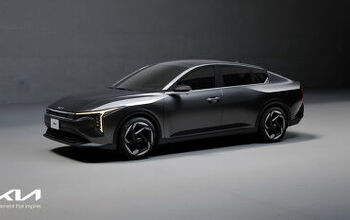
Comments
Join the conversation
I recently watched the 1956 Bing Crosby / Grace Kelly / Frank Sinatra film "High Society". Toward the end of the movie, the actor Louis Calhern (he was 61 by then, and died in 1956) climbs out of the backseat of a *chauffeur-driven* Mark II. Being chauffeured in a two-door made me wonder if this was a product placement scheme by Ford.
1956 was an unusual year, in that the Detroit Lions lost on Thanksgiving Day. They also did not play in the Super Bowl that year.